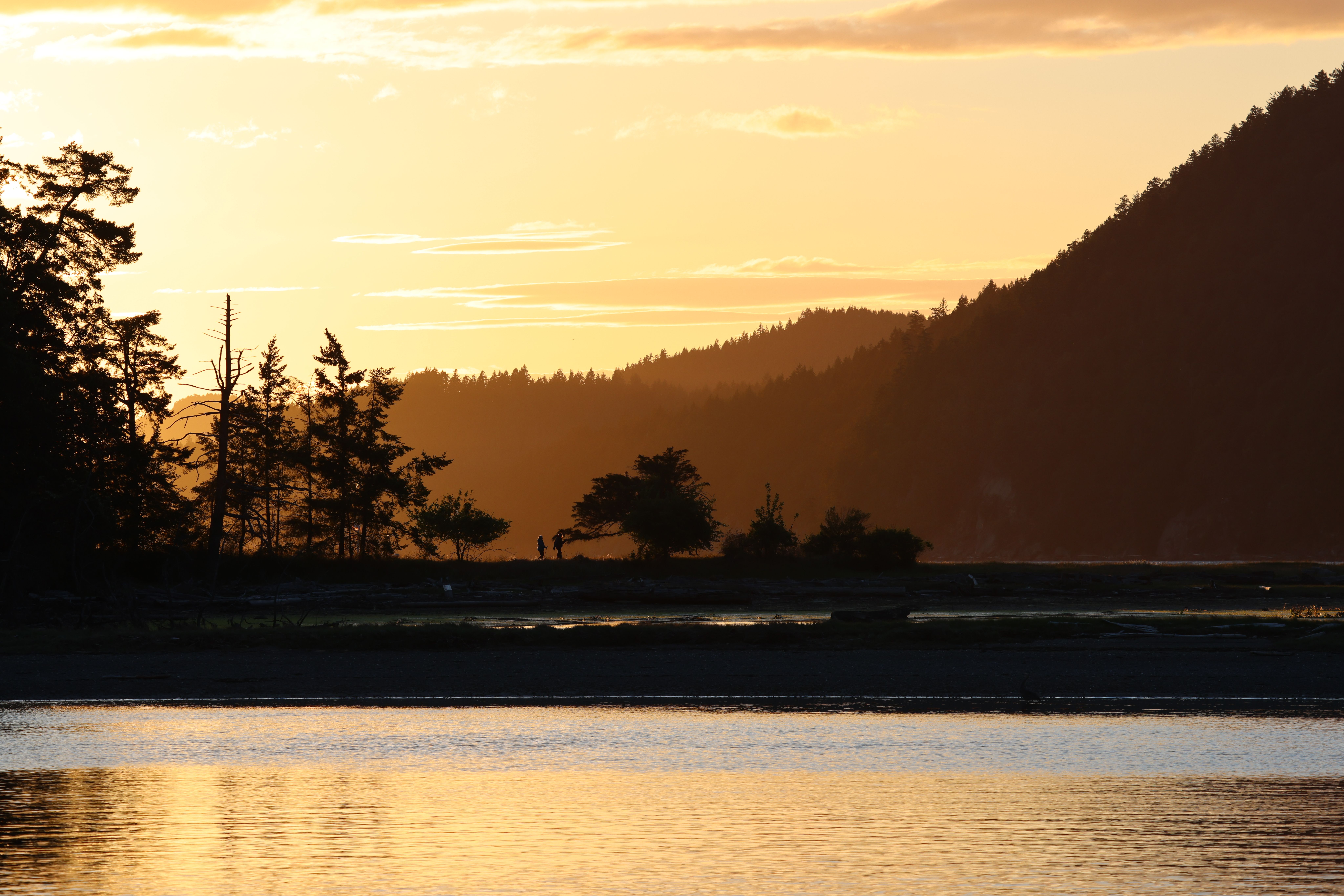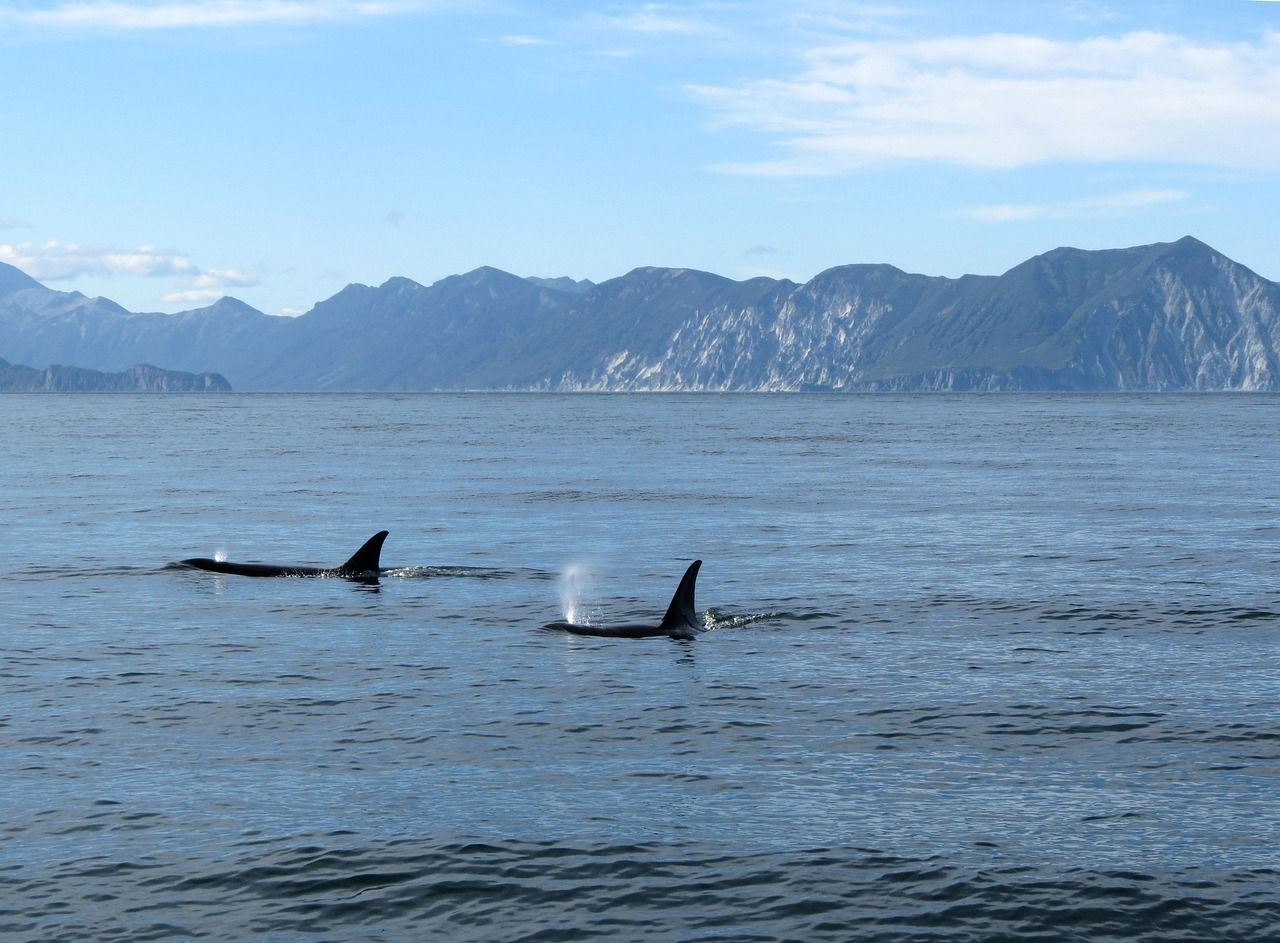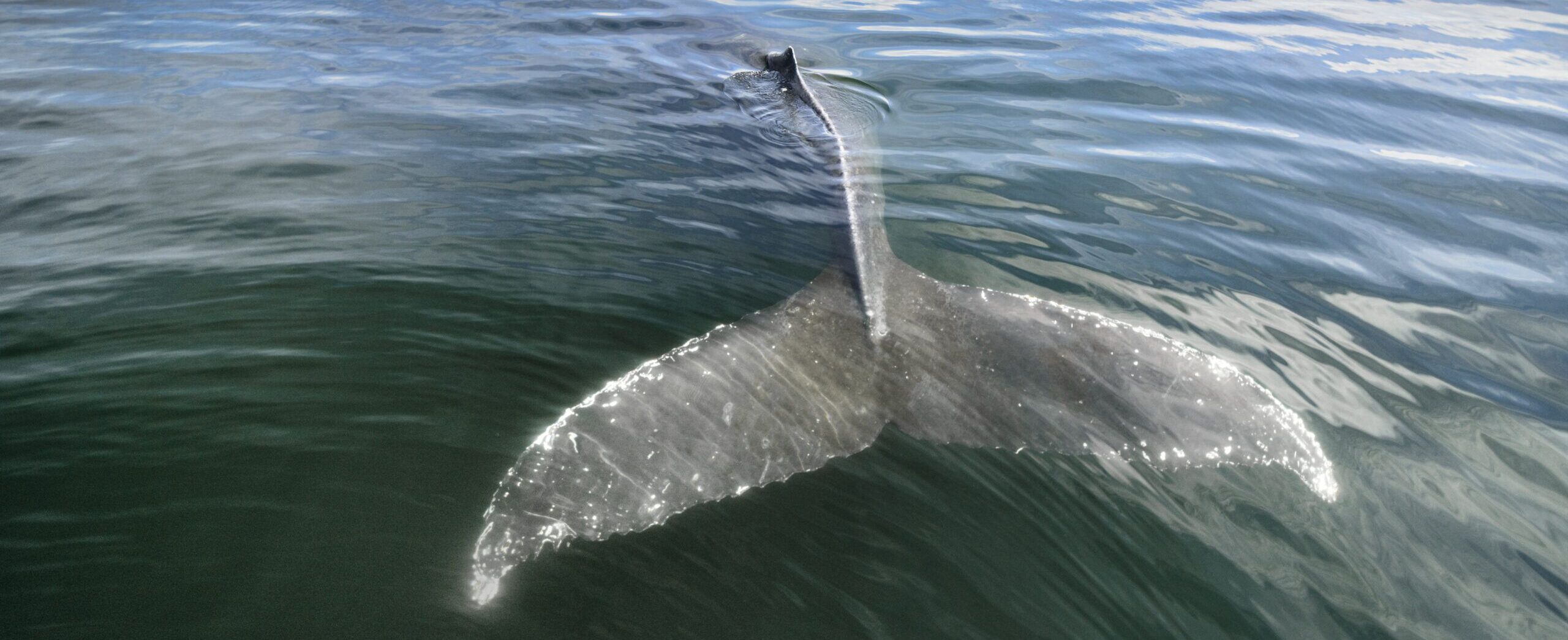
What is the Contaminants Atlas?
This Atlas is a collection of data georeferencing environmental samples taken for contaminants analysis in the Salish Sea. Data come from a myriad of sources including peer-reviewed scientific literature, reports, environmental impact assessments, and government monitoring programs.
The aim of this tool is not to provide a comprehensive understanding of contaminant concentrations in our environment but to facilitate access to data for interested parties, be that researchers, environmental consultants, or the general public. It is our hope that providing this tool will increase awareness around the problem of marine contaminants and further scientific work in the field.
This Atlas aims to provide users with metadata records through our data portal for all catalogued datasets, an interactive map of contaminant sampling efforts through time with other sources of contaminant information in BC, and with tools to advocate/engage with this issue.
Contaminants in the Salish Sea
As the population in the Pacific Northwest grows, care must be taken to monitor and mitigate the contaminants that reach the marine environment to ensure a healthy ocean for the future. Some of the major sources of contaminants that enter the Salish Sea include:
- Stormwater: Rainfall is a powerful mobilizer of contaminated particles, as it washes over our roads and fields it carries motor oils, brake dust, tire particles, fertilizers, and pesticides among other contaminants into storm drains that directly flow to our waterways and coastal environments.
- Municipal wastewater and septic systems: although sewage treatment plants can remove a lot of the harmful bacteria and biological solids, nutrients, pharmaceutical products and cleaning agents are not always fully removed and ultimately end up in the marine environment.
- Industrial and mining wastewater: discharges from industrial mills, factories, and refineries, as well as mining tailings can carry toxic chemicals and toxic metals into aquatic environments.
Other significant sources of contaminants are anti-fouling paint applied to vessels, large vessel scrubber discharge or oil spills from vessels and fuel docks.

Explore Our Map
Read through our User Guide in the map enjoy all the features of this tool. Here is an overview of the widgets:

Layers

Legend

Filter

Timeline

Table

Feature information
Additional Resources
- Pacific Toxics Contaminants Map Explorer: this contains over 200 maps depicting information and datasets relating to contaminants in the environment as well as physical features, human use, natural resources, and sensitive and protected areas within the province.
- Pacific Toxics Contaminants Database Search Engine: a geographically referenced searchable database of published literature relating to environmental contaminants in the Georgia Basin and other areas in British Columbia.
- Water Rangers Water Quality Open Data Platform: an online tool to help community members/groups collect, manage and share water quality data.
- Langley Environmental Partners Society Water Quality Testing Atlas: an interactive web map georeferencing water sampling events taken place to look for fecal coliform levels in drinking water.
- Canada-B.C. Water Quality Monitoring Program – Interactive Map: an interactive web map that displays monitoring stations that are a part of the Canada-B.C. Water Quality Monitoring Program
- Real-time Water Data Tool – Province of British Columbia: this tool is a repository of continuous surface, groundwater and snow data from monitoring stations across the province.
- Automated Fresh Water Quality Monitoring and Surveillance Data – ECCC Data Catalogue: Historical water quality data measured on a continuous basis at over 23 locations across Canada is included in this dataset.
- Washington State Department of Ecology’s Environmental Information Management Database:
- EIM search
- Explore various long-term monitoring programs and their collected data. Relevant programs include (but are not limited to):
- Persistent, Bioaccumulative Toxics (PBTs) – Assessment of PBTs in environmental Media, including mercury in fish and organic PBTs in sediment cores, 2005 to present
- Freshwater Fish Contaminants – Characterization of toxic chemicals in freshwater fish, 2001 to present
- Water Rangers Water Quality Open Data Platform: an online tool to help community members/groups collect, manage and share water quality data.
- National Pollutant Release Inventory Data Search Tool: use this tool to search detailed information on pollutant releases (to air, water and land), disposals and transfers for recycling reported by facilities to the NPRI. You can also use this tool to display facility data by location, sector and substance as well as to view pollution prevention information.
- National Pollutant Release Inventory Dashboard: this dashboard provides a visual interface for users to view and interact with NPRI data.
- Puget Sound Marine water & sediment monitoring: long-term data monitoring offering an extensive dataset in Puget Sound.
- Oceanwise Pollution Tracker: a coast-wide monitoring program for British Columbia that documents the levels and trends of hundreds of contaminants of concern in mussels and nearshore ocean sediments.
- Disposal at sea- environmental monitoring of disposal sites: this program conducts monitoring studies of the environmental conditions at representative disposal sites each year
- Washington Department of Fish and Wildlife Toxics Biological Observation System: WDFW’s TBiOS team monitors the geographic extent and magnitude of toxic contaminants in fish and other organisms living in Puget Sound, Washington’s portion of the Salish Sea.
- Environmental Contaminants program: the Environmental Contaminants Program (ECP) is a funding opportunity that supports BC First Nation community-based research projects that explore the link between human health and environmental contaminants..
Get Involved
Taking action to safeguard the salmon in the Strait of Georgia requires collective effort. Individuals can play a crucial role in advocating for stronger environmental policies and practices. By supporting organizations dedicated to marine conservation, reducing personal pollution footprints, and participating in local clean-up initiatives, each of us can contribute to the preservation of the salmon population and the broader marine ecosystem. Your involvement can make a tangible difference in ensuring the survival and health of these essential creatures and their habitat.
Here are some useful resources to learn about the latest contaminants news in BC:
Recent Relevant Literature
Abihssira-García, I. S., Park, Y., Kiron, V., & Olsvik, P. A. 2020. Fluorescent microplastic uptake by immune cells of atlantic salmon (Salmo salar L.). Frontiers in Environmental Science, 233.
Garai, P., Banerjee, P., Mondal, P., & Saha, N. C. 2021. Effect of heavy metals on fishes: Toxicity and bioaccumulation. J Clin Toxicol. S, 18.
Kampezidou, D. 2021. Behavior effects of a psychotropic pharmaceutical contaminant on Atlantic salmon (Salmo salar) juveniles: Atlantic salmon juveniles exposed to two different oxazepam concentrations.
Rao, Anuradha S. A Review of Burrard Inlet Water Quality Data to Understand the Impacts of Contamination on Tsleil-Waututh Nation’s Safe Harvesting Practices. Tsleil-Waututh Nation Research Report, Treaty, Lands and Resources Department, Tsleil-Waututh Nation, 10 Mar. 2022
Shah, S. B. 2021. Heavy metals in the marine environment—an overview. Heavy Metals in Scleractinian Corals, 1-26.
Wang, W., Ge, J., & Yu, X. 2020. Bioavailability and toxicity of microplastics to fish species: a review. Ecotoxicology and environmental safety, 189, 109913.
Washington Department of Ecology, Stormwater Strategic Initiative. 2020. Narrative. Toxics In Fish Implementation Strategy. Washington Department of Ecology, Washington Department of Commerce and Washington Stormwater Center.

